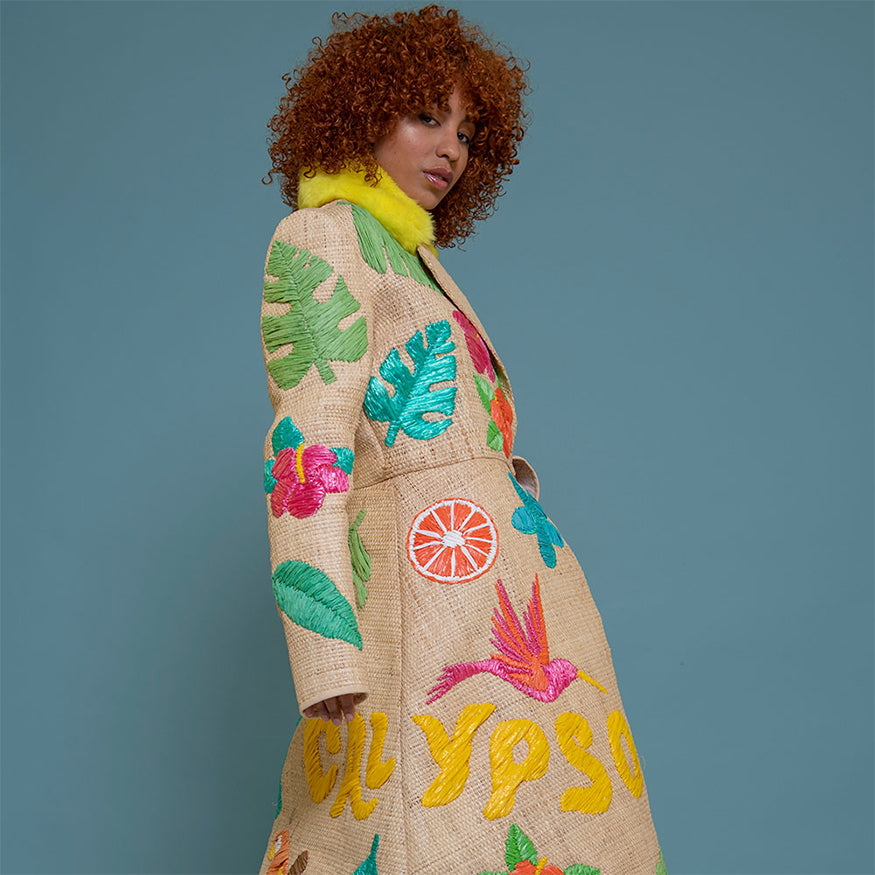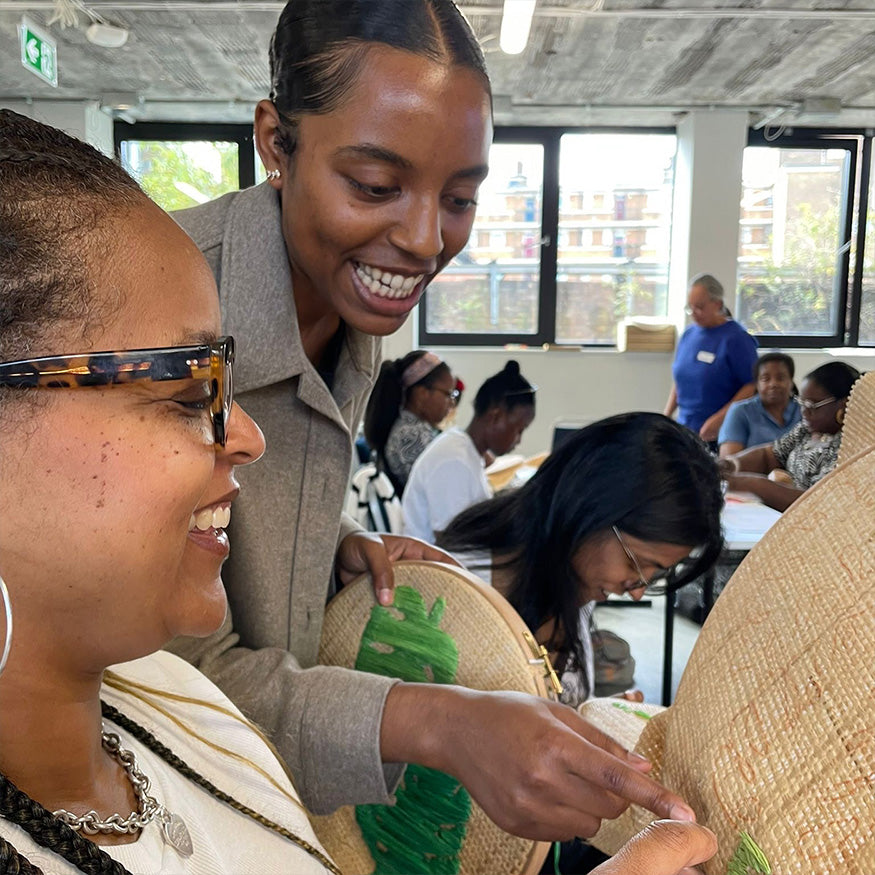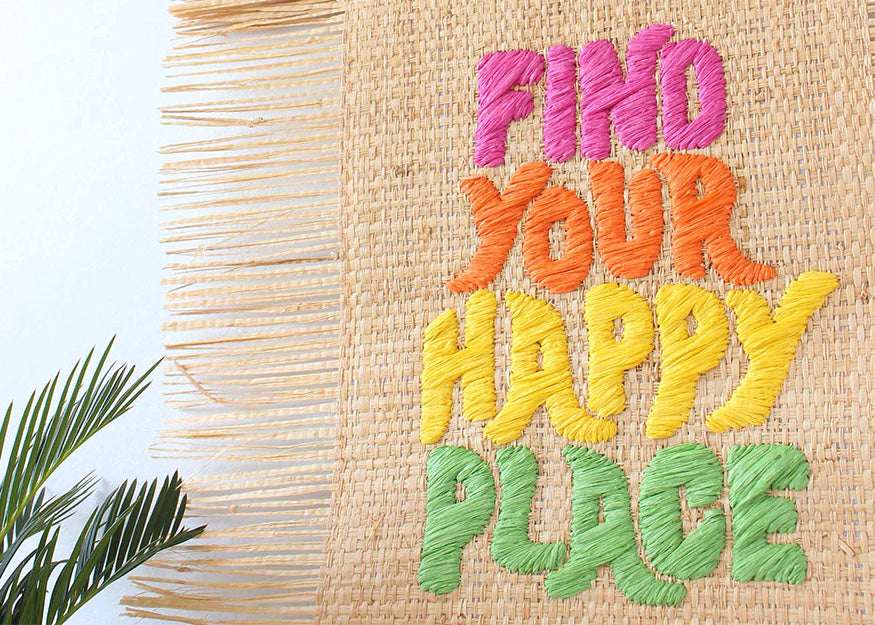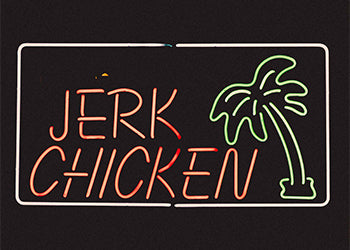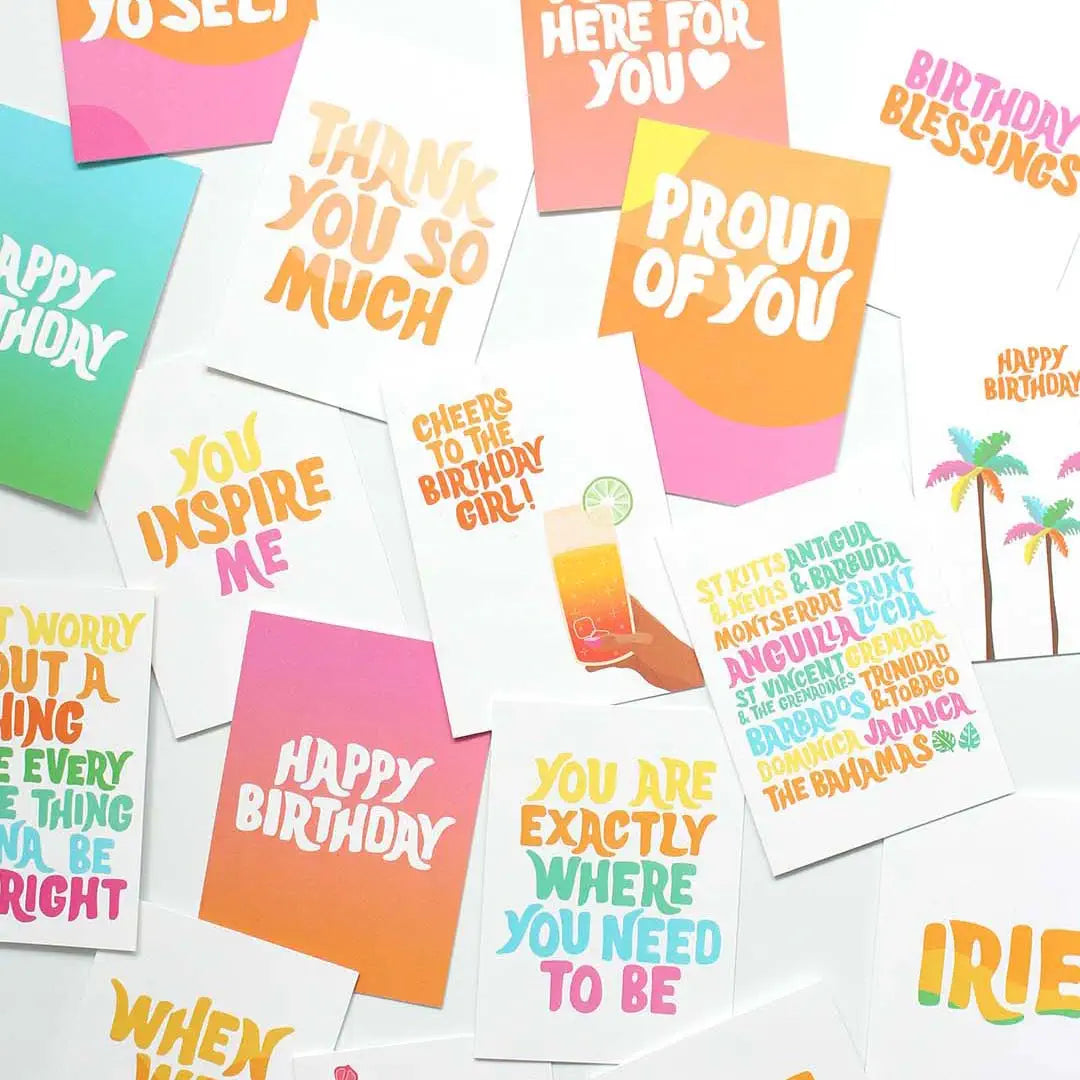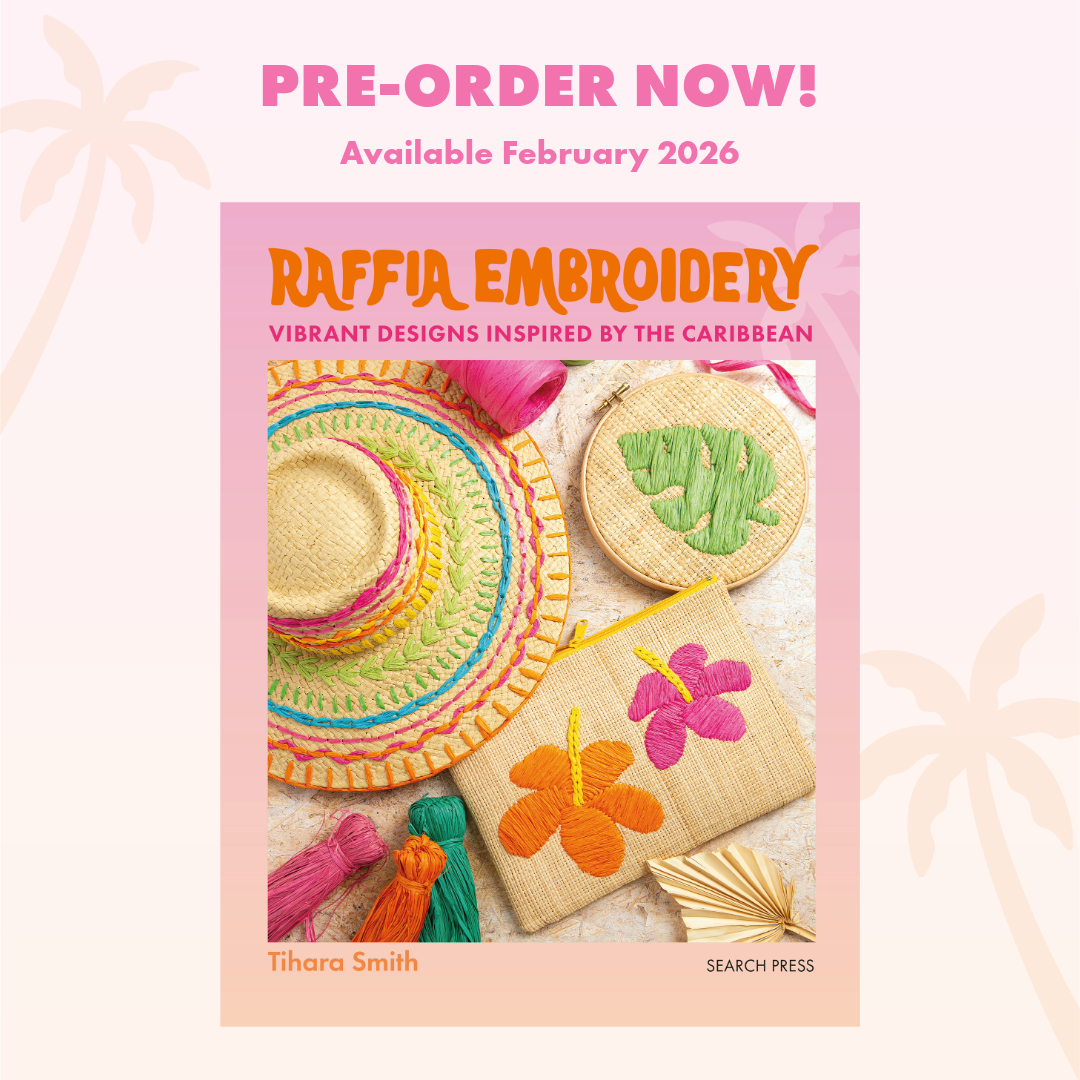Get 10% off with code:

One of the major events in London's yearly calendar is Notting Hill Carnival. Notting Hill Carnival is a three-day event that takes place on the streets of London's Notting Hill every August bank holiday weekend.
The history of Notting Hill Carnival serves as a great example of something beautiful can be created from learning about and embracing various cultures. Although Notting Hill Carnival has its origins in the traditional carnivals of the Caribbean, with the Windrush Generation influence still strongly weaved through it, it is also a characteristically ‘London’ event. Londoners from all parts of London make the trip each year to enjoy the events, as well as people from across the UK and even internationally.
Notting Hill Carnival History
The 22nd June 1948 saw the arrival of the SS Empire Windrush to the UK, carrying almost 500 passengers from Jamaica, Trinidad and Tobago and other Caribbean islands. Following on from this, more than 300,000 people from the Caribbean settled in Britain who are now known as the Windrush Generation.
Whilst Caribbean people settled all over the UK, including cities like Birmingham, Leeds and Bristol, London’s Brixton and Notting Hill had one of the largest populations of Caribbean people in Britain.
In 1948, Britain was still recovering from the destruction of World War 2 and needed help to rebuild the country and fill job shortages in industries such as manufacturing, construction, transport and the National Health Service (NHS). The British government actively encouraged and invited Caribbean men and women to come to the UK to work.
Sadly, many Caribbean people were met with racism and discriminatory attitudes upon their arrival in Britain. Many of them had a difficult time finding accommodation and securing employment, as some people did not want black people working for them. Despite the fact that many of the people who arrived in Britain were experienced in highly skilled occupations, they were often only considered for menial jobs like cleaning and manual labour.
During this time, Oswald Mosley's Union Movement, a far-right organisation that rallied the white working-class population to “Keep Britain White,” and the White Defence League, a far right political organisation, stirred up the racist sentiments of a minority of white people, in reaction to the increased migration from the Caribbean.
The boiling point was reached in London's Notting Hill by late August 1958, when racially motivated riots took place. Some white working-class people, 'Teddy Boys,’ and other group members displayed hostility and violence toward the Black community, culminating in the death of Antiguan-born carpenter Kelso Cochrane.
On January 30, 1959, Trinidadian activist Claudia Jones (who founded the West Indian Gazette newspaper) organised the first Caribbean Carnival at St. Pancras Town Hall in response to the growing racial tensions and attacks. The BBC broadcast Jones' Carnival, which she referred to as the 'Caribbean Carnival,' as a means of demonstrating solidarity and strength within the growing Caribbean communities and an attempt to alleviate ongoing tensions.
During the 1960s until 1964, Edric and Pearl Connor organised indoor events, inspired by Claudia Jones' carnival.
Claudia Jones is widely credited with setting in motion the Notting Hill Carnival as we know it today. Although sadly she didn’t get to see it come to fruition as a result of her premature death in 1964.
In 1966 the first outdoor festival took place in the streets of Notting Hill. Organised by community activists Rhaune Laslett and Andre Shervington, the street festival aimed to entertain local children and ease ongoing tensions.
Although the event was not directly related to Claudia Jones’ indoor carnival, many of the elements featured in her event were used in the street festival – such as Stirling Betancourt and Russell Henderson’s steel band and other elements of Caribbean carnival.
This event marked the beginning of the annual Notting Hill Carnival with the gradual addition of other Caribbean elements including more bands and costumes.
By 1974, 100,000 people and multiple bands participated in the event and in 1975 static sound systems were introduced adding Jamaican reggae, dub and ska music to the traditional calypso and soca.
Notting Hill Carnival Today
Notting Hill Carnival has grown over the years with millions of people attending the event each year. Notting Hill Carnival is now one of the world’s largest annual arts events and is considered to be the largest street event in Europe.
Notting Hill Carnival features multiple static sound systems – a feature introduced in 1973 by the then NHC organiser Leslie Palmer MBE.

People also attend to see the live performers including dancers, musicians and bands. The first live performance stages were organised by Wilf Walker in 1979, mainly featuring reggae and punk bands at the time.
The 1990s saw hip hop artists like Jay Z, Lil’ Kim and Busta Rhymes, and R&B group Destiny’s Child, perform on a Notting Hill Carnival live stage. And since then, even more artists have performed including Stormzy, Wiley, Craig David, Giggs, Major Lazer, Mr Eazi and Stefflon Don.
In addition to this, people come to see the floats used during the event, colourfully decorated with flowers, feathers and more. Floats also host performances from calypso artists like Alexander D Great, De Admiral, Bunji Garlin and Machel Montano.

As well as the music, performances and floats, people also come to enjoy and taste different foods that are available at the carnival. Some popular dishes include jerk chicken, ackee & saltfish, curry goat, fried plantain and rice & peas.
Issues & Controversy
Over the years the event has had to handle different issues. Including criticisms of the excessive policing of the event, and the media’s focus of crime at the Carnival which doesn’t correlate with the actual statistics compared to other similar UK events. The greater scrutiny of violence and crime at the events is thought to be as a result of racial bias.
Despite this, Notting Hill Carnival is still a much loved and cherished event. Its success is down to the talent, hard work and dedication of the team, volunteers and community.
The Future of Notting Hill Carnival
The history of Notting Hill Carnival represents the resilience and cultural diversity of the communities in London. Notting Hill Carnival has grown and thrived over the years, and will hopefully continue to for many years to come.
Sources and Further Reading
1. The street party that revolutionised Britain - Read more
2. A history of Notting Hill Carnival - Read more
3. Exploring the Notting Hill race riots of 1958 - Read more
5. Photo by S kelly on Unsplash
6. Photo by Glodi Miessi on Unsplash
7. Notting Hill Carnival - Read more
